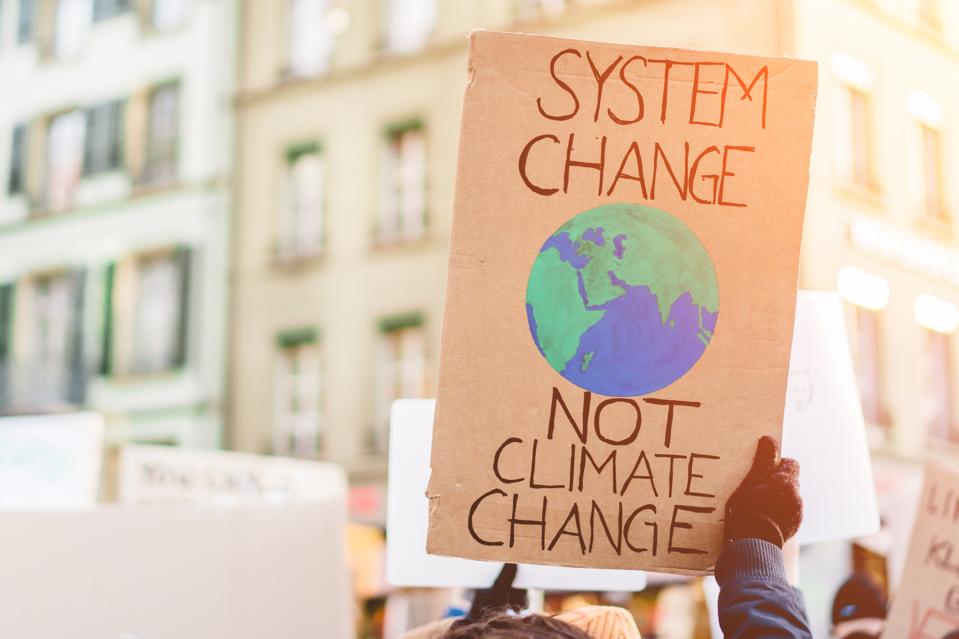On a hot summer afternoon in a neighborhood just east of a city skyline with hardly any trees or green spaces, a mother tapes plastic over her drafty windows. Her utility bill has doubled, and her child’s asthma has worsened since the construction site nearby started kicking up dust. The playground down the block sits in the shadow of a smokestack. The air smells different here. And as storms come more often now – louder, wetter, more violent – her roof still leaks.
Over 110 million Americans live in low-income and disadvantaged communities like the one described above. Half of all Black, Latino, and Native, Indigenous people live in areas designated as Justice40 communities – places that are supposed to be at the front of the line for climate and infrastructure investments. Yet nearly 37 million Americans still live in what’s called “energy poverty,” forced to choose between goods, medicine, and keeping the lights on. And as climate disasters become more frequent and more intense – the same communities suffer the most. Not because of bad luck, but because of bad policy.
There are neighborhoods in this country where the damage was mapped before a single brick was laid. Back in the 1930s, the red lines drawn by the Home Owners’ Loan Corporation didn’t just restrict credit—they marked entire Black communities as places not worth protecting. As a result, banks refused to lend and permits were granted to polluters, causing disinvestment and exposure to toxic conditions.
Highways tore through homes. Landfills and zoning loopholes arrived where mortgages never did. Infrastructure didn’t come to connect or uplift; it came to contain. And over time, the damage settled not just into the soil, but into the lungs, into the bodies, into the futures of families who had no say, but paid the price all the same. And while the redlining maps may no longer hang in city planning offices, their blueprint for exclusion persists. You can see it in the decisions being made today.
We saw it clearly when the Environmental Protection Agency froze $20 billion from the Greenhouse Gas Reduction Fund (GGRF), money that had already been committed through the Inflation Reduction Act. This wasn’t hypothetical funding. It was real capital, awarded to real organizations, many of them rooted in underserved communities that have survived generations of extraction and neglect.
And just as these communities were ready to lead – not just recover – the rug was pulled out. The freeze came cloaked in familiar language: “legal review,” “pause,” and “reassessment.” Bureaucratic jargon wrapped in talk of rooting out “waste, fraud, and abuse.” But we’ve seen how that kind of language is too often weaponized. It rarely slows down corporate tax breaks or defense spending. Instead, it affects justice-focused programs meant for disadvantaged communities who have waited far too long for promises to be fulfilled.
But we’ve learned to hear what isn’t said. This wasn’t a delay in policy. It was redlining by another name.
Just weeks earlier, before the freeze, the administration quietly abandoned a landmark environmental justice case in Louisiana’s Cancer Alley, a corridor lined with petrochemical plants, where some of the nation’s highest cancer rates live alongside some of its deepest poverty. That lawsuit had signaled something different. A break from the past. A rare acknowledgment that what happened there wasn’t just unfortunate, but also unjust. With no explanation or accountability, the case was quietly abandoned.
What’s happening here is not a coincidence. It’s a pattern. And the cost is enormous.
The result? Thousands of low-income families will continue to live in homes that leak warmth in winter and trap heat in summer. Utility bills will keep draining household budgets. Community lenders who stood ready to deploy capital will be forced to halt or scale back. Black families in cities such as Jackson, Montgomery, and Cleveland where persistent poverty rates are high will bear the burden of delayed climate justice efforts. The investor in Manhattan won’t.
The GGRF was historic not because of its size, but because of where it was going. These funds weren’t being funneled through Wall Street or legacy institutions. They were going to BIPOC-led community lenders who serve neighborhoods that had been excluded from the last century of clean energy transition investments. For once, the people who suffered the harm were being resourced to lead the solutions. And that’s what made it vulnerable.
We live in a time when programs that center equity and community are branded as “woke.” When redistributing resources to the people who need them most is framed as political overreach. The backlash is swift, and it is selective. No one paused tax breaks for oil companies. No one froze subsidies for agribusiness. But when the dollars were finally headed to underserved communities with a plan, the process was suddenly too fast.
We are witnessing a new form of environmental redlining – lines no longer drawn in red ink, but with withheld funds and policy freezes. The lines haven’t disappeared. They’ve just gone quiet. And they still fall along the same streets.
But it’ s not too late.
The EPA must cease its attack on GGRF, respect the intent of Congress, and let the people who have always been left out lead the way forward. These dollars are not charity. They were a long-overdue correction.
Because real climate justice doesn’t cherry pick who gets relief. It doesn’t stop at headlines, and it certainly doesn’t leave the most vulnerable behind – again.
We can’t clean the air while still deciding who deserves to breathe it. And we can’t fix our future by using the same tools that built inequality into our past.
The lines were drawn long ago.
The question now is: Will we finally cross them?

